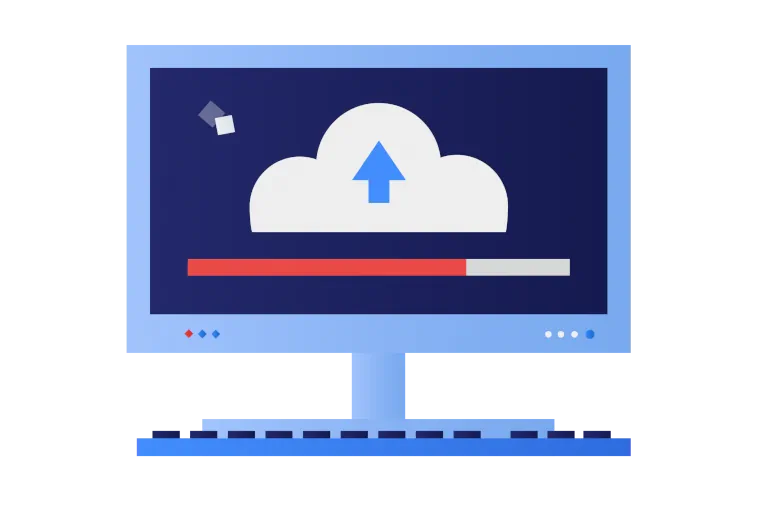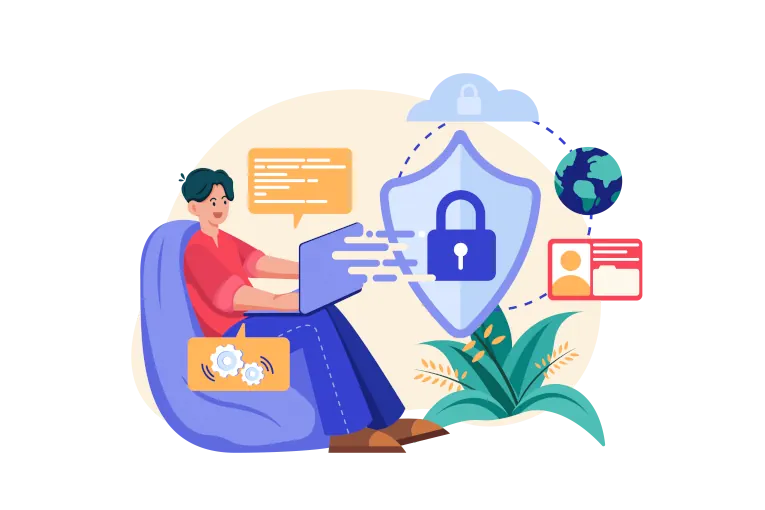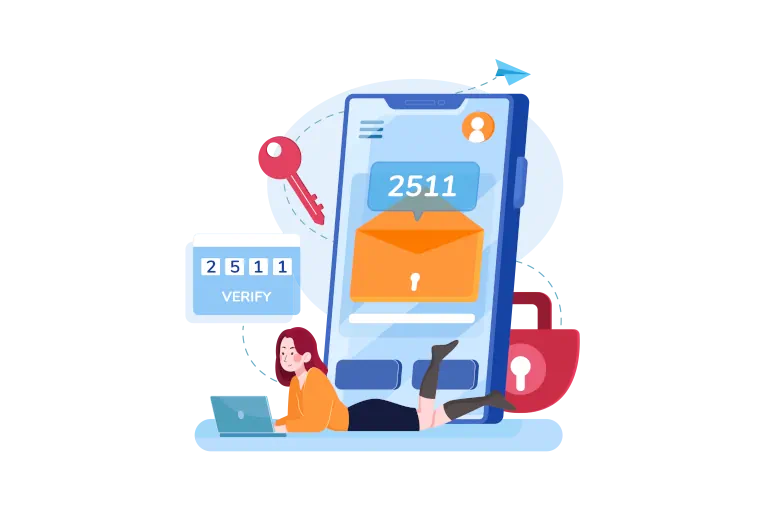
Having a secure and reliable IT system is essential for businesses. Unfortunately, with the ever-evolving nature of advanced persistent threats in IT, it can be hard to keep up with what your business should be aware of. Hackers and cyber criminals are constantly developing different types of security threats to organisations to try and gain access to their data and IT systems. Did you know there are over 4000 ransomware attacks per day, which is why it’s so important for you to stay on top of any cyber threats.
This blog will provide you with a comprehensive overview of the different security threats to organisations, so that you can better protect your IT systems and data.
1. Phishing Attacks
Phishing is one of the most common cyber security threats out there. It involves sending emails or links that appear to come from legitimate sources, such as banks or other financial institutions, in order to gain access to sensitive data such as passwords or credit card numbers.
To protect your business from this cyber security threat, you should always verify the source of any emails you receive before clicking on any links or entering any sensitive information. Also, avoid clicking on suspicious links in emails and never open attachments from unknown senders. Make sure you communicate this message amongst your team so that everyone is away of this type of cyber-attack.
2. Malware Attack
Malware is software that can be used by hackers in malicious attacks in an attempt to gain access to your computer system and steal data. Common types of malware include viruses, ransomware, worms, Trojans and spyware.
The best way to protect your business against these common security threats, is by using an up-to-date anti-virus programme and by keeping all software on your computers up to date with the latest security patches. You should also avoid downloading files from untrusted sources and regularly scan your computer for potential malware infections.
3. Malware Example: Trojans
In a drive-by download attack, malicious code is downloaded to your computer without you even knowing it. All a cybercriminal has to do is get you to browse their website and the download will automatically start. This type of infection can be used by criminals to inject banking Trojans, steal personal information or introduce other malware onto your computer.
4. Malware Example: Ransomware
Did you know that in 2022, a ransomware attack happens every 2 seconds?
Ransomware attacks involve a type of malicious software that encrypts files on a computer or network until a ransom payment is made by the user or company in order for them access their files again. Scarily, ransomware attacks are on the rise, with the UK seeing a 144% increase in ransomware attacks in 2021!
Ransomware attacks can be especially damaging as they can completely lock down systems and disable business operations until the ransom has been paid. It is important for businesses to have effective backup procedures in place so that they can recover their data if an attack occurs.
5. Data Breaches
Data breaches occur when hackers gain access to sensitive information such as customer records or financial details.
Data breaches can have serious consequences for businesses, including legal action or severe financial losses due to stolen funds or reputational damage caused by exposed customer data.
To protect against such an attack, businesses should implement robust cybersecurity measures such as regular vulnerability scans and penetration testing, as well as using encryption technologies whenever possible.

6. DDoS Attacks
Distributed Denial of Service (DDoS) attacks are when hackers flood a website with traffic in order to overwhelm its servers and cause it to crash. This can be devastating for businesses who rely on their websites for sales or customer service, as losing access can mean lost sales or customers.
To protect against this type of cyber attack, it’s important that you have adequate security measures in place such as firewalls and monitoring services, that can alert you if an attack is detected.
7. Insider Threats
Insider threats refer to when legitimate users such as employees, who have access to sensitive data, use their privileges maliciously, or unintentionally cause harm by mishandling data or inadvertently introducing malware into the system.
To protect against insider threats, it’s important that you have policies in place regarding data handling procedures and user privileges, as well as implementing authentication processes for privileged users such as two-factor authentication (2FA). Additionally, regular security awareness training sessions should be held with staff members in order to ensure they understand the importance of keeping data secure.
8. Social Engineering Attacks
Social engineering attacks involve manipulating people into revealing confidential information such as passwords or financial details, by impersonating someone they trust like their bank or employer via phone calls, emails, texts, etc.
To protect against social engineering attacks, it’s important that you educate your employees about these tactics so they know what signs they should look out for when dealing with potentially suspicious requests for information and how best handle these types of requests should they arise. Additionally, two-factor authentication should also be implemented wherever possible, in order to add another layer of protection for critical accounts such as those used for banking transactions etc.

9. Man-in-the Middle Attacks
A man-in-the-middle attack occurs when an attacker intercepts a communication between two parties without either party knowing that they are being monitored or manipulated by the attacker.
This type of attack is particularly dangerous because attackers can manipulate sensitive information such as passwords or financial details without either party knowing that they are being targeted until it is too late.
To prevent man-in-the middle attacks, businesses should use encrypted connections whenever transmitting sensitive information such as credit card numbers or passwords over the internet using Secure Socket Layer (SSL) technology or Transport Layer Security (TLS). Additionally, Wi-Fi networks should be secured with WPA2 encryption protocols, which will help keep intruders out of your network and any other connected devices safe.
10. Security Threat of Using a Third Party
Retailers often use outside sources for functions like collecting payments, and because of this, they tend to think that they’re not held accountable for any data breaches that occur with any third-party vendors.
However, although a company may not manage personal information themselves, using third-party services still renders a data security threat. If these third parties are careless with how they handle sensitive information, it is a cyber security risk. Even if the attack came from the third party, your business would be legally responsible for any notification to your clients or regulators in the event of a data breach.

Do You Want to Protect Your Business Against Cyber Attacks?
Unfortunately, the advanced persistent threat of a cyber attack isn’t going anywhere, especially as technology evolves. To protect your business against cyber attackers exploiting vulnerabilities in your company, you could hire external IT security experts.
Contact Freestyle TS Today to Be Better Prepared for Cyber Attacks
We have 20 years of experience in the IT industry and are experts in cloud and cyber security. We have a range of cyber security solutions such as anti-virus, email filtering, 2 factor authentication and more, to ensure your business is covered against cyber security threats.
We’re IT support experts based in Hook and service businesses in this area as well as Fleet, Hampshire, Berkshire and Surrey. Contact us today if you’re looking for a proactive, experienced and friendly team of experts who can help you with your cloud and cyber security solutions.




